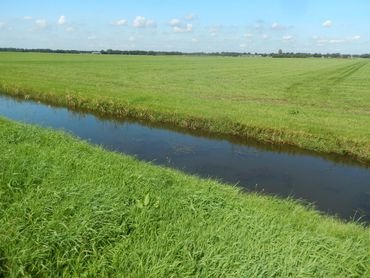A SHOWCASE-conducted paper, written by project partners at the Swedish University of Agricultural Sciences, the University of Reading, and the Dutch Butterfly Conservation, and published in Ambio: A Journal of Environment and Society emphasises the connection between monitoring and farmland biodiversity. In particular, the paper examines citizen science as a vital component in collecting data to increase knowledge of farmland biodiversity. While citizen science initiatives have increased over the last 20 years and enabled the collection of previously impossible data volumes, there has been no comprehensive analysis focusing on farmland biodiversity monitoring specifically. Having found a research gap, the goal of the study is to review citizen science biodiversity observations on farmland and identify ways in which its potential could be expanded.

Photo: Only a small proportion of flora and fauna data stems from agricultural areas (Source: Kars Veling)
From the analysis of 106 programmes, typologies of eight distinct programme types were identified. Among them, three approaches exhibit a broader focus that encompasses farmland without specific emphasis. However, this inclusivity tends to result in insufficient farmland coverage due to observers opting for nature reserves where species diversity is more apparent. What can be gained from improving these approaches is the engagement of observers in the quest to deepen our understanding of biodiversity dynamics in farmland, enabling the study of the impacts of biodiversity-enhancing measures, like flowery field margins or thicket hedges. While farmers actively contribute to observation collection, their involvement typically excludes participation in the subsequent analysis and reporting phases. Nevertheless, the last two identified approaches from the paper involve projects initiated by farmers or co-created with farmers in design and implementation. These encompass both standardised and non-fixed method projects.
In summary, there are diverse approaches to involve citizens in farmland biodiversity, and the choice depends on balancing data quantity and quality, as well as the specific focus on farmland and farmer participation. To effectively promote biodiversity through learning-by-doing, it is essential to carefully consider both observer engagement and the quality of their observations.
Read the full article here.
